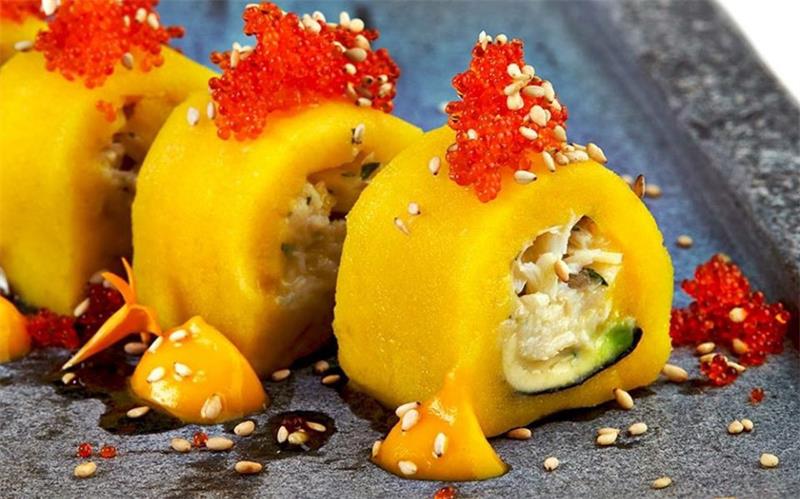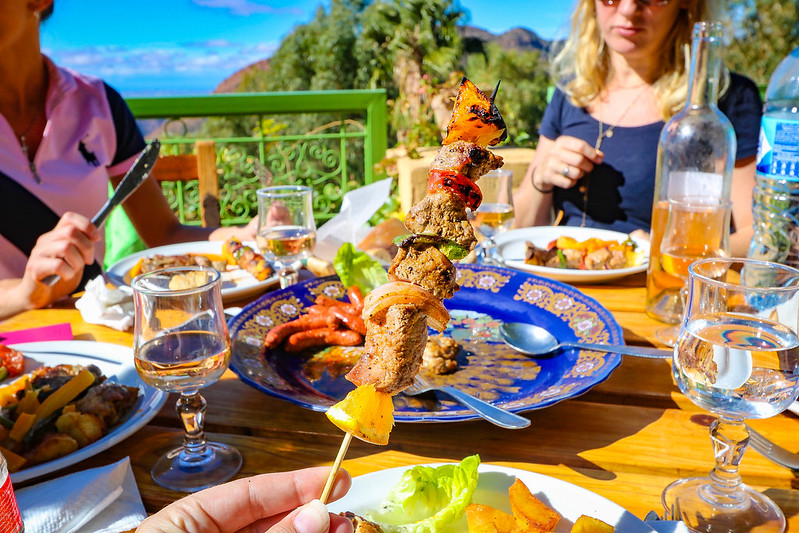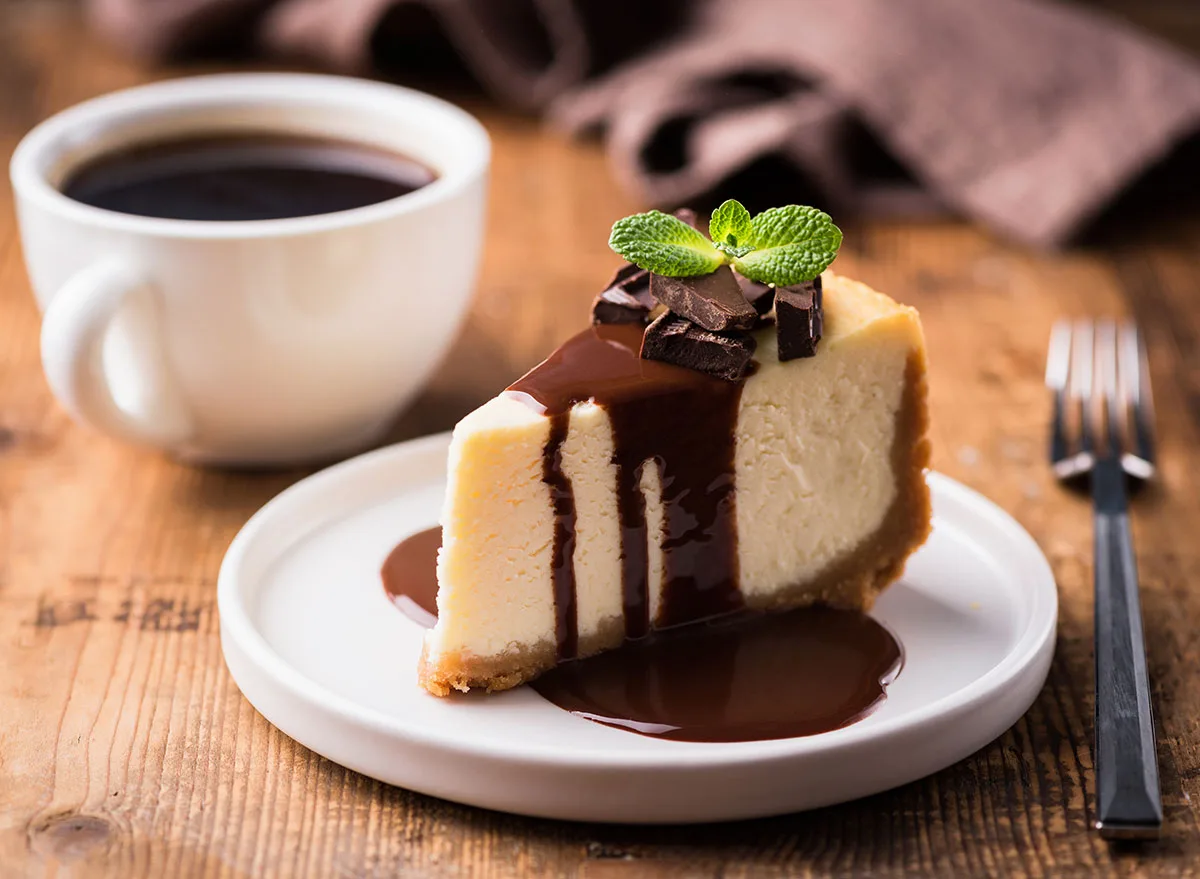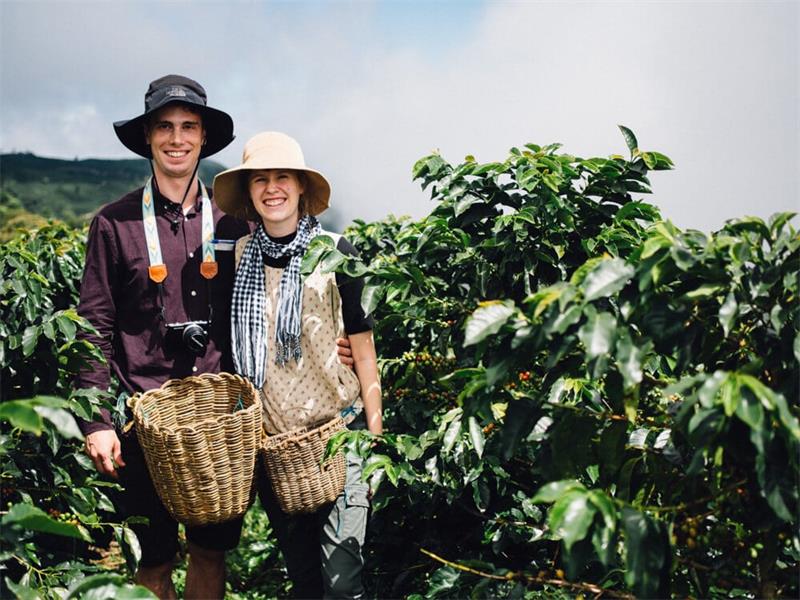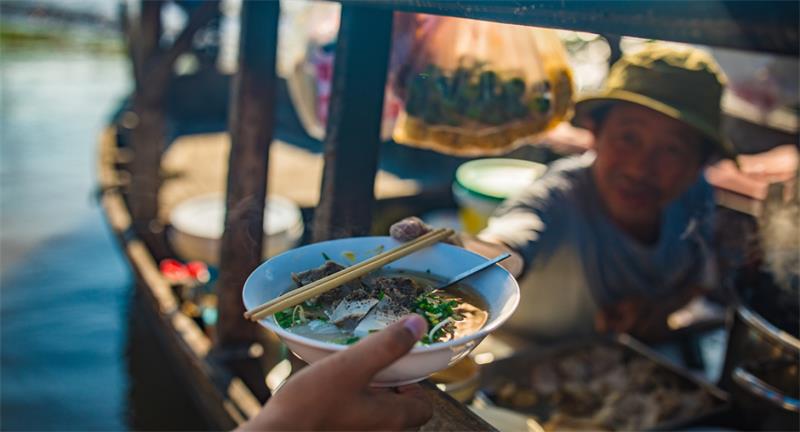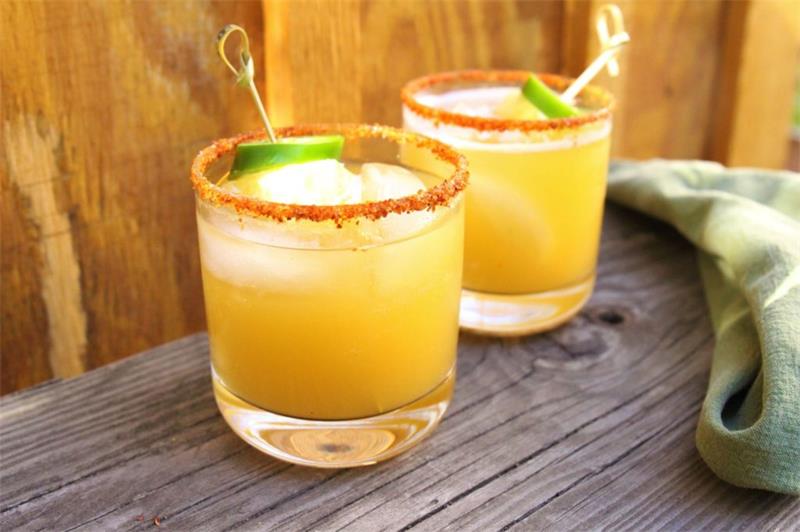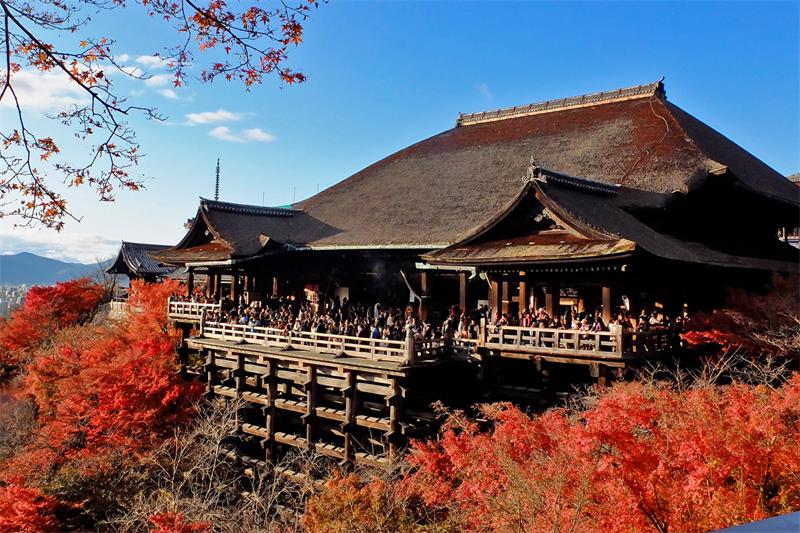Contents
Introduction
Peruvian cuisine is gaining popularity worldwide due to its unique combination of traditional indigenous ingredients and flavors with European, African, and Asian influences. Peru has a diverse geography that allows for a wide variety of ingredients to be used in its cuisine, including fresh seafood from the Pacific Ocean, Andean grains and tubers such as quinoa and potatoes, and tropical fruits from the Amazon rainforest. The culinary scene in Peru is constantly evolving, with a new generation of chefs putting their own spin on classic dishes while still honoring traditional techniques.
The country has also gained recognition on the global stage for its gastronomy through events such as the annual Mistura food festival held in Lima. Peruvian cuisine is not only delicious but also reflects the cultural diversity of the country.
From street food to high-end restaurants, Peruvian dishes offer something for everyone. Let’s explore some of the most famous dishes from Peru that have gained international recognition over the years.
Ceviche: A National Treasure
History and Origin of Ceviche in Peru
Ceviche is a dish that has been enjoyed by Peruvians for centuries, dating back to the pre-Columbian era. The dish was created when indigenous people would marinate raw fish in chicha, a fermented corn drink. When the Spanish arrived in Peru, they brought with them citrus fruits like lime, which were added to the marinade to create the ceviche we know and love today.
Ceviche quickly became popular among Peruvians and is now considered a national treasure. In fact, it’s so important to Peruvian culture that it has even been declared a cultural heritage by the National Institute of Culture.
Ingredients Used in Traditional Peruvian Ceviche
While there are many variations of ceviche found throughout South America, traditional Peruvian ceviche is made using raw fish marinated in lime juice, onions, chili peppers, cilantro and salt. The acidity from the lime juice “cooks” the fish without heat, giving it a unique texture and flavor.
In addition to these core ingredients, some recipes may include additional ingredients such as garlic or sweet potato. It’s also common to serve ceviche with corn on the cob or boiled potatoes.
Variations of Ceviche Found in Different Regions of Peru
One of the great things about ceviche is that each region of Peru has its own unique twist on this classic dish. For example, on the north coast of Peru you’ll find ceviche made with sea bass or sole fish and topped with crispy bits of fried calamari. In Lima, you’ll find cevicherias (ceviche restaurants) serving up a wide variety of seafood options including octopus and shrimp.
In the Amazon region of Peru, ceviche is made using freshwater fish such as paiche or dorado, and is often served with plantain chips. No matter where you go in Peru, you’re sure to find a delicious variation of ceviche that will leave your taste buds wanting more.
Lomo Saltado: The Perfect Fusion Dish
Origins and History of Lomo Saltado
Lomo saltado is a popular dish in Peru, blending the flavors of Peruvian cuisine with those of China. This fusion dish was created in the mid-19th century by Chinese immigrants who had come to Peru to work on railroads and mines. The name “lomo saltado” roughly translates to “jumping beef” in English, referring to how the meat is cooked at high heat in a wok or skillet.
This dish quickly became popular among Peruvians and tourists alike due to its unique blend of flavors and cultural influences. It’s now considered a national dish in Peru and can be found on menus throughout the country.
Ingredients Used in Lomo Saltado
Lomo saltado primarily consists of marinated strips of beef stir-fried with onions, tomatoes, and French fries, all served over rice. The marinade typically includes soy sauce, vinegar, cumin, garlic, and oregano for an added depth of flavor. The French fries may seem like an odd addition to some but are actually a nod to Peru’s history with potatoes – the country is known for having thousands of different types of potatoes!
How the Dish Combines Peruvian and Chinese Flavors
As mentioned earlier, lomo saltado was created by Chinese immigrants who brought their culinary traditions with them when they arrived in Peru. The stir-frying technique used in this dish is borrowed from traditional Chinese cooking methods.
Peruvians added their own flair by incorporating local ingredients like native spices such as cumin and oregano into the marinade. Additionally, serving it over rice instead of noodles further adds to its Peruvian twist.
Overall, lomo saltado represents a beautiful fusion between Peruvian and Chinese culinary traditions. It’s a perfect example of how different cultures can blend together to create something entirely new and delicious.
Ají de Gallina: A Creamy Comfort Food
History and Origin of Ají de Gallina
Ají de Gallina is a traditional Peruvian dish with a rich history. It is believed to have originated in Lima during the colonial period when Spanish conquistadors brought with them their love for chicken dishes.
The dish quickly became popular among Lima’s working-class population, who used simple ingredients like bread and chili peppers to create a hearty, comforting meal. The name “ají de gallina” literally translates to “chicken chili,” which reflects the dish’s key ingredients.
However, it wasn’t until the 20th century that it became known as ají de gallina. Before then, it was simply known as “pollo en salsa” or “chicken in sauce.”
Ingredients Used in Ají de Gallina
Ají de gallina is a creamy and savory dish that combines shredded chicken with a yellow chili pepper sauce made from bread, milk, cheese, and nuts. Other ingredients may vary depending on the recipe but can include onions, garlic, potatoes, and olives. The yellow chili pepper sauce is what gives this dish its unique flavor and color.
The peppers used are typically Peruvian yellow chili peppers known as ajís amarillos. These peppers have a mild to medium level of heat and add a subtle fruity sweetness to the sauce.
How the Dish Has Evolved Over Time
As Peru’s culinary scene has evolved over time, so too has ají de gallina. While the basic recipe remains largely unchanged, modern variations often incorporate additional ingredients like beer or wine into the sauce for added depth of flavor.
In recent years there has also been an effort to use more sustainable locally-sourced ingredients in traditional Peruvian dishes like ají de gallina. Some restaurants have begun using free-range or organic chicken to make the dish, while others incorporate locally-grown vegetables like sweet potatoes and corn.
Despite these changes, ají de gallina remains an important part of Peru’s culinary heritage. It is a dish that continues to bring comfort and warmth to families throughout the country and serves as a reminder of Peru’s rich cultural traditions.
Anticuchos: A Street Food Favorite
History and Origin of Anticuchos
Anticuchos are a popular street food in Peru that date back to pre-Columbian times when indigenous Peruvians were known to consume meat skewered on sticks. The dish was adapted by the Spanish colonialists who used beef hearts, an inexpensive cut of meat that was not considered desirable.
This allowed them to make use of the less popular part of the animal while creating a delicious and affordable dish. Today, anticuchos are made with a variety of meats such as chicken, beef, pork, and even fish.
While beef heart is still a popular option, it is no longer the only meat used in this dish. Anticuchos can be found all over Peru but are most commonly sold by street vendors in Lima where they are considered a staple of Peruvian cuisine.
Different Types of Meat Used for Anticuchos
As mentioned earlier, anticuchos can be made with different types of meats but beef heart remains one of the most popular choices. This may sound unappetizing to some but it is actually quite delicious when marinated with vinegar and spices before being grilled to perfection on a charcoal grill.
Other meats frequently used for anticuchos include chicken thighs or breast meat, pork tenderloin or belly, and even fish such as halibut or tilapia. These meats are also marinated using traditional Peruvian spices like cumin and paprika before being skewered and grilled.
How the Dish is Traditionally Prepared on the Streets
Anticuchos are traditionally prepared on charcoal grills right on the streets by local vendors who have been perfecting their craft for years. The skewers are usually placed over hot coals until they’re nicely charred on all sides. The final product is served on a plate with a side of potatoes and corn on the cob.
The traditional Peruvian dipping sauce, called ají, is often served alongside the anticuchos for added flavor. It’s no wonder that this delicious street food has become so popular in Peru and beyond.
Pisco Sour: The National Drink
History and Origin of Pisco Sour
Pisco Sour is a classic cocktail that originated in Peru. It is made using pisco, a type of brandy that is produced in Peru, lime juice, simple syrup, egg whites, and bitters.
The drink has become so popular worldwide that it has been declared the national drink of Peru. The origin story of Pisco Sour dates back to the 1920s when an American bartender named Victor Morris invented the cocktail at his bar in Lima called Morris’ Bar.
While there are different versions of how the cocktail was created, one story goes that Morris was experimenting with different combinations of ingredients until he struck gold with this particular blend. The result was a refreshing yet potent mixture that quickly became a hit among locals and foreigners alike.
Ingredients Used to Make a Classic Pisco Sour
To make a classic Pisco Sour at home, you will need the following ingredients: – 2 oz pisco – 1 oz lime juice
– ¾ oz simple syrup – 1 egg white
– Angostura bitters To prepare the drink:
1. Add all ingredients except for bitters into a shaker. 2. Dry shake (without ice) for about 10 seconds.
3. Add ice to shaker and shake again for another 10 seconds. 4. Strain into a glass and add several drops of Angostura bitters on top.
Variations Found Throughout Peru
While the classic recipe remains true to its origins, there are several variations found throughout Peru that add their own unique flair to this beloved cocktail. Some popular variations include:
– Chilcano: This variation uses ginger ale instead of lime juice and adds slices of ginger for an extra kick. – Maracuya Sour: This version uses passionfruit instead of lime juice for a fruity twist.
– Coca Sour: This unique variation uses coca leaves, the same leaves used to make cocaine, for a distinct flavor. No matter how you choose to enjoy your Pisco Sour, one thing is for sure – it is a Peruvian classic that is not to be missed.
Conclusion
Peruvian cuisine is a culinary treasure that has taken the world by storm. Each dish is unique and tells a story of Peru’s rich history and cultural diversity. From ceviche to pisco sour, these dishes have become an integral part of Peruvian identity and continue to be celebrated both in Peru and around the world.
Ceviche, Peru’s national dish, is a testament to the country’s love for fresh seafood. It has been enjoyed for centuries and continues to evolve with variations found in different regions of Peru.
The perfect combination of tangy lime juice, fresh fish, and spicy peppers make this dish a must-try for any foodie. Lomo Saltado is a perfect example of how Chinese immigrants brought their cuisine to Peru, resulting in a delicious fusion dish.
This stir-fry with crispy French fries mixes tender beef strips with onions and tomatoes in a savory sauce that is sure to satisfy any craving. Ají de Gallina is comfort food at its finest – creamy chicken served over potatoes or rice.
Its origins date back to colonial times when Spanish colonizers used local ingredients to create new dishes that mixed different cultures’ flavors. Anticuchos are street food favorites made from marinated meat skewers usually served with potatoes or corn on the cob.
Peruvians love them as much today as they did centuries ago when they were first introduced by African slaves during the colonial era. There’s Pisco Sour – Peru’s national drink that embodies the country’s vibrant spirit.
Made from pisco (a grape brandy), lime juice, simple syrup, egg whites, and Angostura bitters, it’s refreshing with just enough bite! Peruvian cuisine offers something for everyone – it celebrates diversity and heritage while bringing people together through delicious food.
Whether you’re visiting or simply looking to try something new at home – these popular dishes are a great place to start. Venture outside your comfort zone and experience the flavors that have captivated the world!

